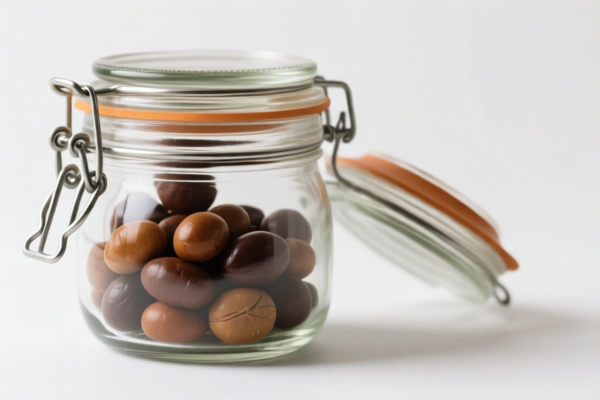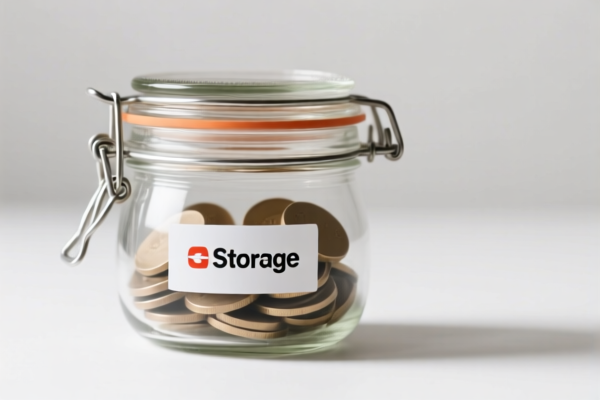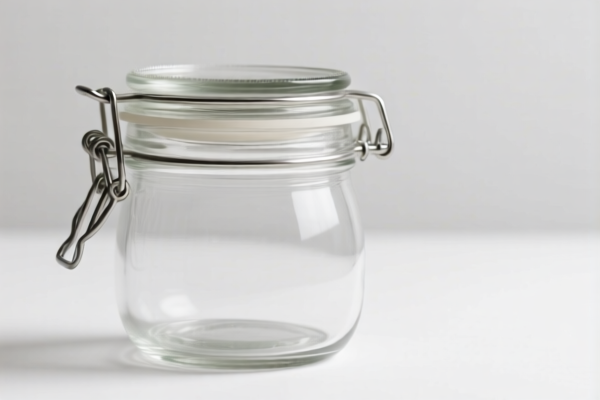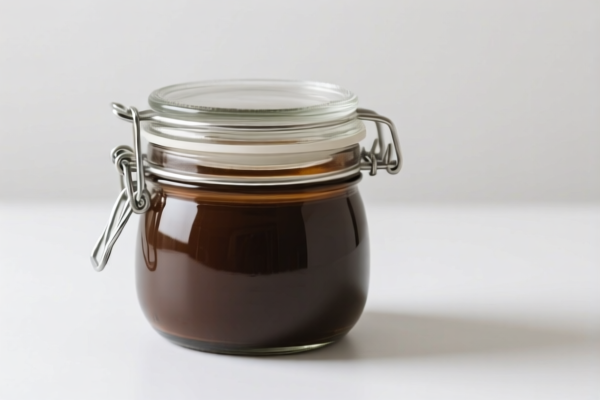| HS Code | Official Doc | Tariff Rate | Origin | Destination | Effective Date |
|---|---|---|---|---|---|
| 7010100000 | Doc | 55.0% | CN | US | 2025-05-12 |
| 3923300090 | Doc | 58.0% | CN | US | 2025-05-12 |




HS Code Classification & Duty Information for “Jars” – A Comprehensive Guide
This document details the classification and duty implications for importing “Jars” into your destination country, based on the provided HS codes. We'll break down each code, explain the classifications, and outline the associated tariffs.
Important Note: While this information is based on the provided data, final classification is determined by customs officials at the port of entry. It is crucial to verify this information with your customs broker and provide accurate product details.
1. HS Code: 7010.10.00.00 – Glass Jars for Conveyance/Packing of Goods
- Chapter 70: Glass and Glassware. This chapter covers all articles made of glass.
- 7010: Bottles, flasks, jars, pots, vials, ampoules and other containers, of glass, of a kind used for the conveyance or packing of goods; preserving jars of glass; stoppers, lids and other closures, of glass. This specifically targets glass containers designed for holding or transporting items.
- 7010.10.00.00: This is a more specific sub-heading, indicating jars (and related items like stoppers/lids) made of glass for conveyance or packing.
Duty Information:
- Basic Duty: 0.0%
- Additional Tariff: 25.0%
- Post April 2, 2025 Additional Tariff: 30.0%
- Total Duty: 55.0%
Key Considerations:
- Material: This code specifically applies to glass jars. If the jars are made of any other material (plastic, metal, etc.), a different HS code will be required.
- Usage: The jars must be designed for conveyance or packing of goods. Decorative jars or those intended for other purposes may fall under a different classification.
- Stoppers/Lids: The code includes stoppers, lids, and closures made of glass that are intended to be used with these jars.
- Certification: Depending on the type of goods the jars will contain (e.g., food, pharmaceuticals), you may need to provide specific certifications related to glass quality and safety (e.g., FDA compliance for food-grade glass).
2. HS Code: 3923.30.00.90 – Plastic Jars for Conveyance/Packing of Goods
- Chapter 39: Plastics and articles thereof. This chapter covers all articles made of plastics.
- 3923: Articles for the conveyance or packing of goods, of plastics; stoppers, lids, caps and other closures, of plastics. This specifically targets plastic containers designed for holding or transporting items.
- 3923.30.00.90: This is a more specific sub-heading, indicating jars (and related items like stoppers/lids) made of plastics for conveyance or packing. The "90" suffix often indicates "other" within that category.
Duty Information:
- Basic Duty: 3.0%
- Additional Tariff: 25.0%
- Post April 2, 2025 Additional Tariff: 30.0%
- Total Duty: 58.0%
Key Considerations:
- Material: This code specifically applies to plastic jars. The type of plastic used (e.g., PET, HDPE, PVC) may be relevant for certain regulations.
- Usage: The jars must be designed for conveyance or packing of goods.
- Stoppers/Lids: The code includes stoppers, lids, and closures made of plastic that are intended to be used with these jars.
- Food Contact Compliance: If the jars are intended for food contact, you must ensure they meet relevant food safety regulations (e.g., FDA or EU standards). Documentation proving compliance will likely be required.
- Recycled Content: If the jars are made from recycled plastic, there may be specific documentation requirements or potential duty benefits.
Recommendations:
- Verify Material Composition: Double-check the exact material of your jars. This is the most critical factor in determining the correct HS code.
- Confirm Intended Use: Ensure the jars are genuinely designed for conveyance or packing of goods.
- Check Single Price and Total Price: The single price and total price of the goods may affect the tariff.
- Consult a Customs Broker: It is highly recommended to consult with a licensed customs broker in your destination country. They can provide definitive classification guidance and ensure compliance with all import regulations.
- Gather Supporting Documentation: Collect all relevant documentation, including material specifications, intended use statements, and any certifications related to safety or compliance.
Disclaimer: This information is for general guidance only and does not constitute professional legal or customs advice. Import regulations are subject to change, and it is your responsibility to ensure compliance with all applicable laws and regulations.
Customer Reviews
The page had all the info I needed, but the images of jars didn't seem to match the HS codes described. Still, the duty calculations and classification details were spot-on.
The detailed explanation of the HS codes and the associated tariffs made this resource a must-have for my import planning. I especially appreciated the note about verifying with a customs broker.
I was looking for plastic jars classification and found the 3923.30.00.90 code. The tariff breakdown and key considerations were very useful, though I wish there were more examples of plastic types.
This guide was incredibly helpful for finding the right HS code for glass jars. The breakdown of 7010.10.00.00 was clear and included all the duty details I needed.